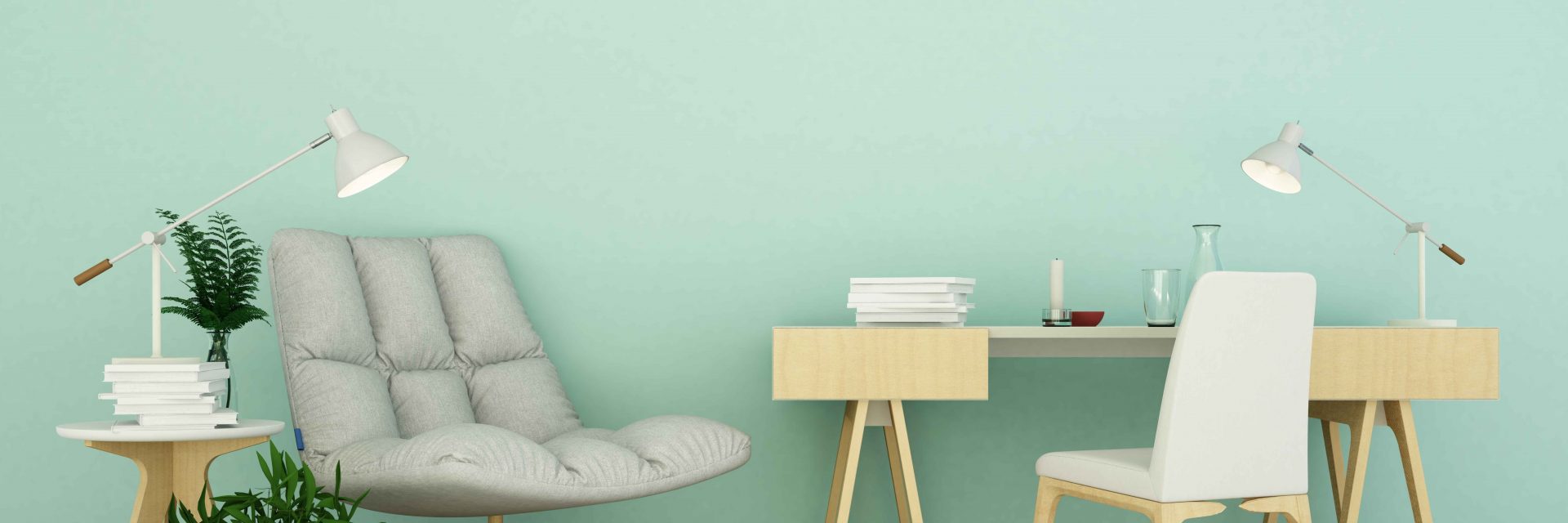Key Seasonal Considerations For Commercial Exterior Painting: What You Need To Be Informed About
Key Seasonal Considerations For Commercial Exterior Painting: What You Need To Be Informed About
Blog Article
Developed By- best exterior painters
When you're preparing a business exterior paint project, seasonal elements can make or break your results. You'll want to take into consideration exactly how temperature level and humidity influence paint application and drying times. Selecting the right period can ensure your paint adheres correctly and lasts much longer. Yet which periods are absolutely the very best for this kind of job? Let's discover the key elements that can influence your project's success.
The Impact of Temperature on Paint Application
When you're planning a commercial external paint project, the temperature can substantially affect how well the paint sticks and dries out.
Ideally, faux wood garage door painting wish to repaint when temperature levels vary in between 50 ° F and 85 ° F. If it's as well cool, the paint might not heal effectively, bring about problems like peeling off or fracturing.
On the other side, if it's as well warm, the paint can dry as well promptly, protecting against correct attachment and causing an irregular finish.
You should likewise take into consideration the moment of day; morning or late afternoon supplies cooler temperatures, which can be much more favorable.
Always check the maker's referrals for the certain paint you're using, as they commonly supply advice on the suitable temperature array for optimal outcomes.
Moisture and Its Impact on Drying Times
Temperature isn't the only ecological factor that influences your industrial exterior paint task; humidity plays a substantial function also. High moisture levels can reduce drying out times substantially, affecting the general top quality of your paint task.
When the air is filled with dampness, the paint takes longer to cure, which can result in concerns like inadequate attachment and a greater threat of mildew growth. If you're painting on a specifically moist day, be prepared for prolonged wait times in between coats.
It's essential to monitor local climate condition and plan as necessary. Preferably, go for humidity degrees in between 40% and 70% for optimal drying.
Maintaining these factors in mind ensures your project remains on track and provides a long lasting surface.
Best Seasons for Commercial Outside Paint Projects
What's the most effective season for your industrial external paint projects?
Springtime and early fall are generally your best choices. Throughout these periods, temperatures are moderate, and humidity levels are often reduced, creating perfect conditions for paint application and drying.
Avoid summertime's intense heat, which can create paint to completely dry also quickly, resulting in inadequate adhesion and finish. In a similar way, winter season's cool temperature levels can prevent appropriate drying and curing, risking the longevity of your paint task.
Go for days with temperatures in between 50 ° F and 85 ° F for optimal outcomes. Remember to check https://news.artnet.com/market/17th-century-baby-portrait-auction-2237902 forecast for rainfall, as damp problems can wreck your project.
Planning around these elements guarantees your paint task runs efficiently and lasts longer.
Conclusion
Finally, planning your commercial exterior painting jobs around seasonal considerations can make a considerable difference in the result. By organizing job throughout the optimal temperatures and moisture degrees, you'll ensure much better bond and drying times. Remember to watch on local weather forecasts and choose the right time of year-- spring and early autumn are your best bets. Taking these actions will certainly help you attain a long lasting and specialist finish that lasts.
